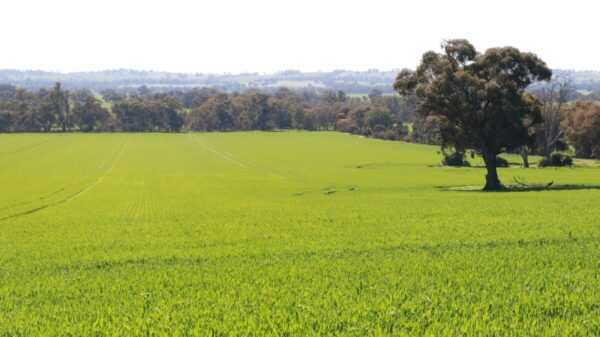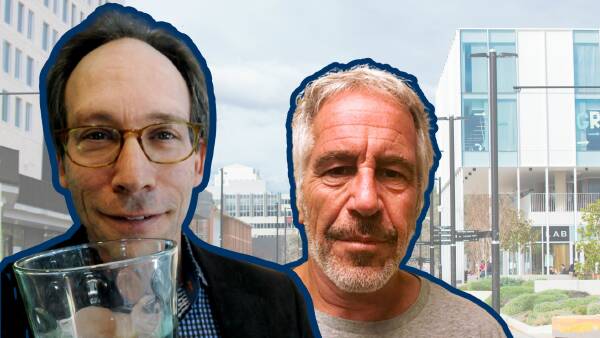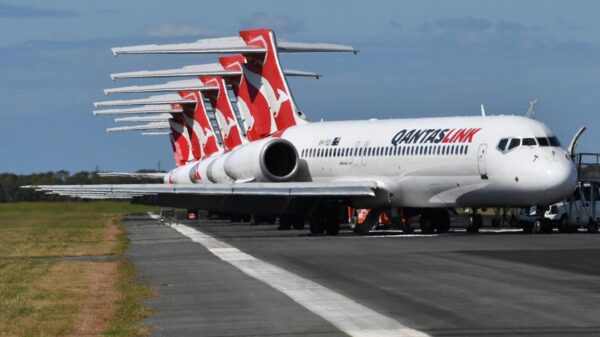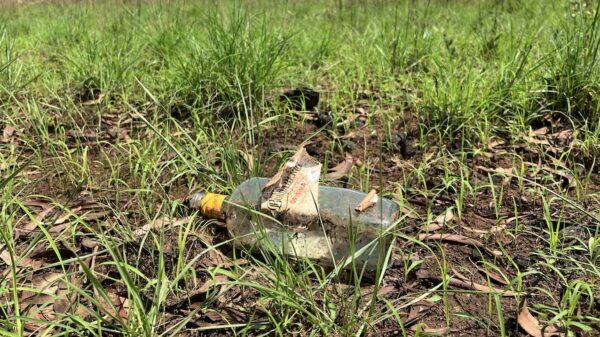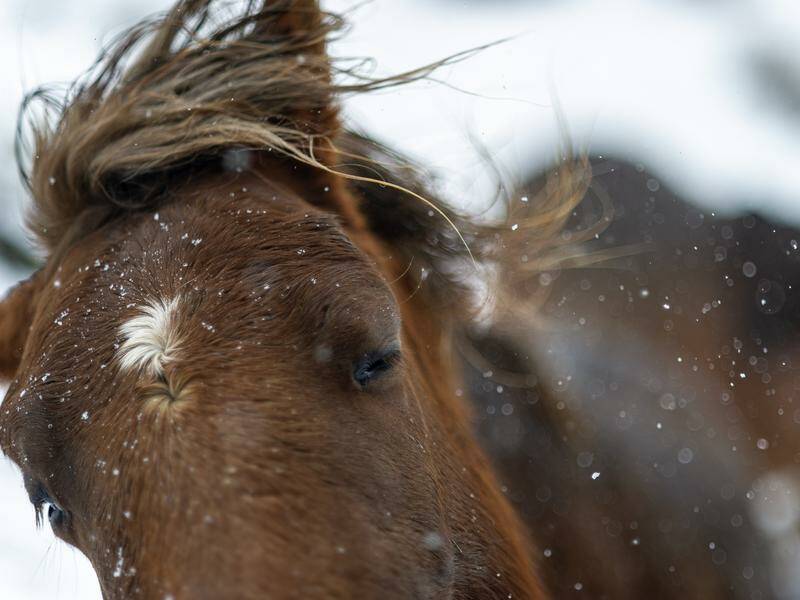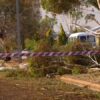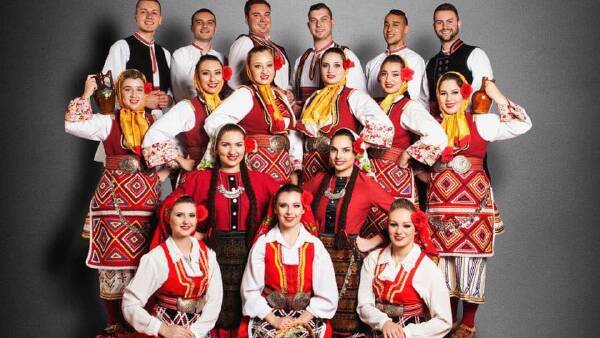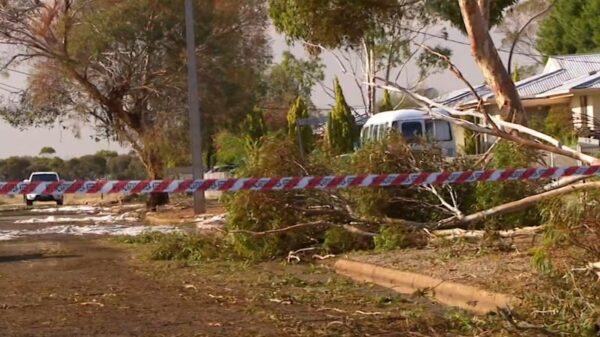BREAKING: Controversial laws protecting the brumby population in the iconic Kosciuszko National Park have been repealed, marking a significant shift in wildlife management policy. Late Thursday night, the NSW Parliament’s upper house voted to dismantle the Wild Horse Heritage Act, originally enacted in 2018 by the NSW Nationals, which classified brumbies as a heritage species.
This urgent legislative change aims to address ecological concerns as advocates have long argued that the brumby protection led to environmental degradation within the park. The bill received support from Labor, the Liberal Party, and crossbench members, while the Nationals opposed the repeal.
Richard Swain, Indigenous Ambassador for the Invasive Species Council, celebrated the decision, stating, “Today, Country can breathe again. This is a victory for truth over mythology,” highlighting the long-standing battle to preserve the delicate alpine ecosystems. He emphasized the urgent need for action as “we’ve watched the alpine wetlands dry out, the snow-grass trampled, the frogs and fish vanish.”
Independent MP Joe McGirr, who represents parts of the park, introduced the repeal bill, citing alarming population figures of brumbies that range from 1,579 to 5,639. “The Wild Horse Heritage Act put symbolism ahead of science and ideology ahead of evidence – and our most fragile alpine landscapes paid the price,” Dr. McGirr asserted. His comments underline the immediate need for conservation measures, as park operators now aim to reduce the feral horse population to 3,000 by mid-2027.
Before-and-after images from controversial aerial culling operations illustrate the environmental impact: increased vegetation coverage and reduced soil damage, critical for maintaining water quality and protecting threatened species.
The repeal marks a pivotal moment for conservation efforts in NSW. As water quality, threatened species, and sensitive areas will be closely monitored, the state’s national parks staff will regain control over wildlife management, prioritizing ecological balance over political narratives.
With this decision, the NSW government is moving towards restoring natural habitats and ensuring the survival of native species that have long been overshadowed by the brumby population. This urgent update is a call to action for environmental advocates and the public to engage in the ongoing recovery of one of Australia’s most cherished national parks.
Stay tuned for further updates as monitoring efforts unfold and more developments in this critical issue arise.

